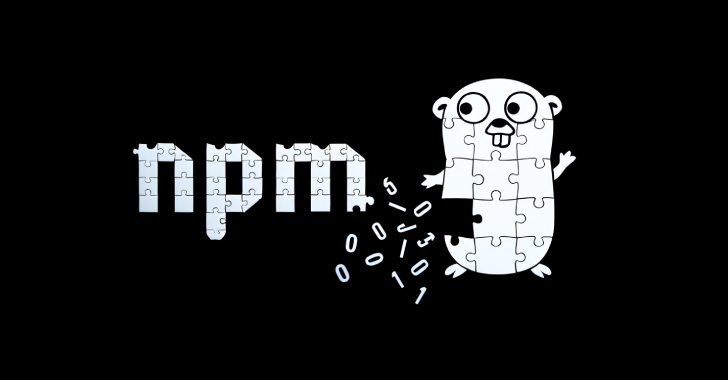
Cyber Security Analyst Checklist
In today’s digital landscape, cyber threats have become increasingly sophisticated, making it vital for organizations to prioritize cybersecurity. Cyber Security Analysts play a crucial role in safeguarding sensitive information and identifying vulnerabilities. To help streamline their work and ensure comprehensive coverage, here is a Cyber Security Analyst Checklist.
- Stay Updated with Industry News and Trends:
Cyber threats are constantly evolving and becoming more advanced. As a cybersecurity analyst, it is essential to stay up-to-date with the latest industry news and trends. This includes regular reading of cybersecurity blogs, news articles, and attending conferences or webinars. By staying informed, analysts can better anticipate emerging threats and proactively implement necessary security measures.
- Conduct Regular Risk Assessments:
A risk assessment is a crucial step in developing a strong cybersecurity strategy for an organization. The cybersecurity analyst should regularly assess potential threats and vulnerabilities. This involves evaluating the organization’s systems, networks, and data to identify potential weaknesses and risk areas. By conducting risk assessments, analysts can prioritize their efforts and allocate resources effectively.
- Implement a Robust Incident Response Plan:
An incident response plan is an integral part of any organization’s cybersecurity strategy. Cybersecurity analysts should work closely with the organization’s IT team to develop and implement a robust incident response plan. The plan should include clear steps for detecting, analyzing, responding to, and recovering from security incidents. Regular testing and updating of the plan are essential to ensure its effectiveness.
- Perform Vulnerability Scanning and Penetration Testing:
Vulnerability scanning involves using specialized tools to identify potential weaknesses in an organization’s systems and networks. By conducting regular vulnerability scanning, cybersecurity analysts can stay on top of any newly discovered security vulnerabilities and address them promptly. Additionally, performing penetration testing can help assess the effectiveness of the organization’s security controls by simulating real-world cyber-attacks.
- Monitor Network Activities:
Proactive monitoring of an organization’s network activities is crucial to identifying potential security incidents and taking appropriate action. Cybersecurity analysts should regularly review log files, monitor network traffic, and analyze network behavior for any suspicious activity. Implementing an Intrusion Detection System (IDS) and Security Information and Event Management (SIEM) tools can help automate this process and provide real-time alerts.
- Conduct Employee Training and Awareness Programs:
One of the weakest links in an organization’s cybersecurity defenses is often its employees. It is essential for cybersecurity analysts to conduct regular training and awareness programs to educate employees on best practices for ensuring data security. This should include teaching employees how to identify phishing emails, avoid suspicious websites, and protect sensitive information.
- Maintain Strong Password Policies:
Weak passwords are a common entry point for cybercriminals. Cybersecurity analysts should ensure that the organization has a strong password policy in place. This policy should require employees to use complex passwords, change them regularly, and avoid reusing passwords across multiple accounts. Implementing multi-factor authentication can also add an extra layer of security to sensitive accounts.
- Regularly Update Software and Patch Vulnerabilities:
Outdated software and unpatched vulnerabilities can expose an organization to significant risks. Cybersecurity analysts should regularly update software and apply security patches to address known vulnerabilities. This includes operating systems, applications, and network infrastructure. Automated patch management tools can help streamline this process and ensure timely updates.
- Implement Robust Network and Endpoint Security Controls:
To protect an organization’s systems and sensitive data, cybersecurity analysts should implement robust network and endpoint security controls. This includes next-generation firewalls, Intrusion Prevention Systems (IPS), antivirus software, and endpoint protection solutions. Regular monitoring and updating of these security controls are essential to maintain their effectiveness.
- Continuously Monitor and Assess Security Controls:
It is crucial to continuously monitor and assess the effectiveness of an organization’s security controls. Cybersecurity analysts should regularly review and analyze security logs, conduct regular security audits, and perform penetration testing. This helps identify any configuration errors, policy violations, or security weaknesses that need to be addressed promptly.
- Stay Compliant with Regulatory Requirements:
Depending on the industry and jurisdiction, organizations may have specific regulatory requirements related to data security and privacy. Cybersecurity analysts should ensure that the organization stays compliant with all relevant regulations. This may involve implementing specific security controls, regular auditing, and reporting on security measures.
- Maintain Incident Documentation and Reporting:
In the event of a security incident, cybersecurity analysts must maintain accurate documentation. This includes details of the incident, the actions taken, and any lessons learned. Documentation is vital for post-incident analysis and for refining incident response plans. Additionally, cybersecurity analysts should also report any significant security incidents to relevant stakeholders, such as management, legal entities, or regulatory bodies, as required.
In conclusion, a cybersecurity analyst plays a critical role in safeguarding an organization’s sensitive information and protecting it from cyber threats. By following this checklist, cybersecurity analysts can ensure comprehensive coverage and maintain a robust cybersecurity strategy. Stay updated, conduct risk assessments, implement incident response plans, monitor network activities, train employees, maintain strong password policies, regularly update software, implement robust security controls, continuously monitor and assess security controls, stay compliant with regulatory requirements, and maintain incident documentation and reporting.
Contact Cyber Defense Advisors to learn more about our Cyber Security Analyst solutions.





